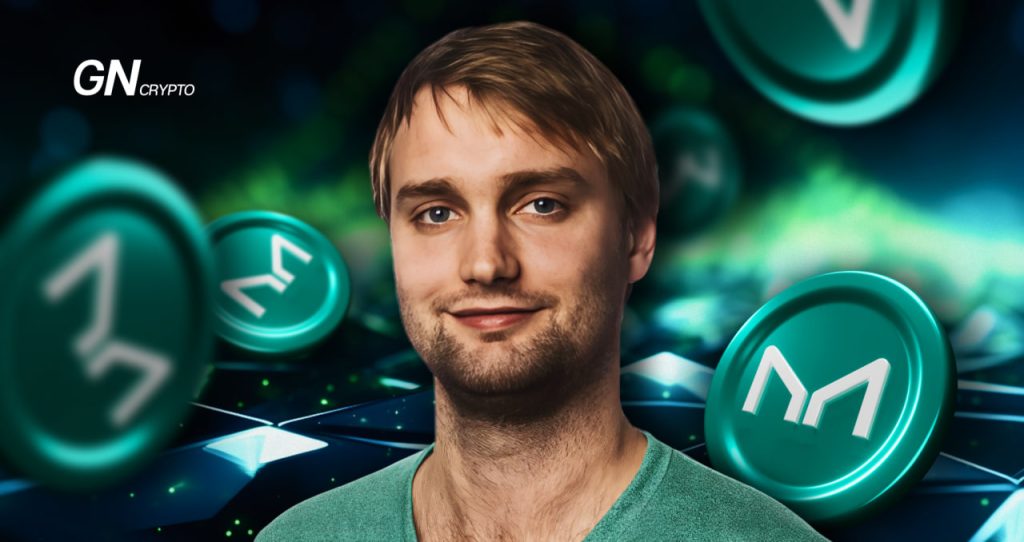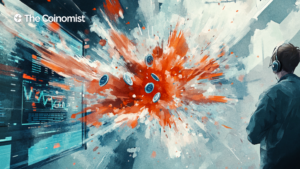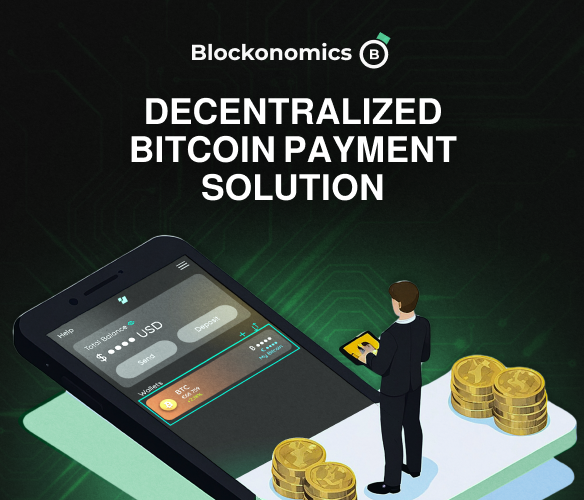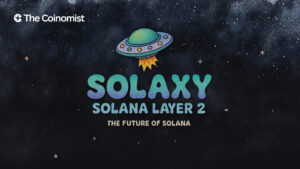Exclusive Interview with Rune Christensen (MakerDAO)

Rune Christensen is probably one of the most universally respected figures in cryptography. Renowned for his profound, scientific, and meticulous contributions to DeFi innovations, Christensen’s approach captivates enthusiasts worldwide. In an exclusive interview with the legend, we discussed MakerDAO, the Endgame update, AI, and the future prospects of his project.
GN: How would you explain Maker to ‘non-coiners’?
Rune: MakerDAO can be explained simply as an online community where people from all over the world interact and make decisions to grow the utility and adoption of a digital currency, DAI. This community is working to usher in a future where finance is decentralized. The benefits of decentralized finance (DeFi) include more financial transparency, less corruption, lower fees, and better interoperability and competition – all of which can have a huge impact on the lives of ordinary people if widely adopted.
Diving deeper, MakerDAO is the longest-standing DeFi lending protocol and the world’s largest DAO (decentralized autonomous organization). Maker is an especially early innovator in DeFi, creating DAI as the world’s first decentralized stablecoin – an unbiased, collateral-backed cryptocurrency that is soft-pegged to the US Dollar. Currently, there is over $5 Billion DAI in circulation.
GN: At first glance, the entire system appears quite complex for a newcomer. Do you think DeFi will become more accessible as time goes on, or is it fundamentally geared toward more professional investors?
Rune: DeFi, like many emerging technologies, can be complex – especially for newcomers. MakerDAO aims to lower the barriers to entry to DeFi through the Endgame Plan, focusing on making the Maker ecosystem easier to understand, use, and participate in. This evolution represents a blend of DeFi innovation and traditional finance, aiming to make personal finance less like a job and more like a game, appealing to a broader audience. This approach could transform how people interact with financial systems, making them more accessible and engaging.
GN: With a decentralized governance approach (DAO), how is the issue of potential centralization towards wealthier holders addressed? This situation often arises in traditional politics, termed as “oligarchy,” where affluent individuals with personal business interests exert influence through a more substantial voting power in the parliament.
Rune: This is something that the introduction of SubDAOs as part of the Endgame Plan addresses. SubDAOs will break down a massive, multifaceted organization into more manageable communities, each with a specific focus and purpose. In this structure, SubDAOs align with the core principles and objectives of MakerDAO but have the flexibility and independence to innovate and adapt in their specialized areas to encourage community participation. This setup allows for more democratic, efficient and effective management and decision-making within each community.
GN: Shifting gears to artificial intelligence in management, you’ve suggested integrating AI within the Maker protocol’s governance system. Could you delve deeper into this concept? And wouldn’t this proposition conflict with the core idea of a DAO?
Rune: Currently, processing the amount of information necessary to make informed decisions about the MakerDAO ecosystem is a barrier to participation for a lot of people, with a small number of deeply engaged and embedded DAO members having a disproportionate representation in governance decisions. Endgame aims to increase engagement from community members in DAO governance, and the introduction of AI tools can improve education and transparency to make participation more accessible.
There is a massive dataset required to contain all the rules and processes that make up the governance boundaries for DAO participants. Modern AI tools make it possible for regular people to understand and digest these rules, empowering them to make informed decisions in community voting. AI tools don’t run the governing process but just help humans to effectively gather the information they need, and be able to check on each other's actions and governance decisions, without being full-time experts.
GN: As you progress towards the “Endgame” Plan, what will happen to MakerDAO? Will it stop functioning in the same way? What changes for the end users?
Rune: Endgame represents an evolution for MakerDAO. It will involve a rebranding of Maker and the introduction of a new stablecoin and governance token focused on growth, features, and simplicity. However, DAI and MKR will remain, so upgrading to the new governance and stablecoin tokens will be completely optional.
The Endgame Plan aims to leverage the fundamental resilience of DeFi and decentralized stablecoins to build sustainable growth. The idea is to position DAI not just as a checking account alternative but as a savings account, offering benefits like the DAI Savings Rate and liquidity through mechanisms like the Peg Stability Module (PSM). SubDAOs in the Endgame framework will focus on different areas, enabling dynamic allocation to opportunities across jurisdictions. Overall, Endgame sets a new standard for DAO management and governance and aims to transform how people interact with financial systems, making them more accessible and engaging.
GN: We understand that you’ve embraced T-bills as collateral. Could you discuss the current scenario? Has the positive vote of the community to purchase T-bills changed the protocol?
Rune: MakerDAO aims to make DeFi accessible to real people globally. This focus on real usage has guided the approach of the community and led to the introduction of real-world assets (RWAs) as a collateral type. For many, stability means familiarity with the US dollar and therefore, RWAs like T-Bills, issued and held by centralized institutions, are necessary. MakerDAO leverages existing legal frameworks and centralized institutions for its RWAs, creating a bridge between DeFi and centralized frameworks. This blend aims to bring trillions of off-chain GDP on-chain while upholding immutability and transparency, leading to better organizational alignment and accelerated economic growth.
The content on The Coinomist is for informational purposes only and should not be interpreted as financial advice. While we strive to provide accurate and up-to-date information, we do not guarantee the accuracy, completeness, or reliability of any content. Neither we accept liability for any errors or omissions in the information provided or for any financial losses incurred as a result of relying on this information. Actions based on this content are at your own risk. Always do your own research and consult a professional. See our Terms, Privacy Policy, and Disclaimers for more details.






















